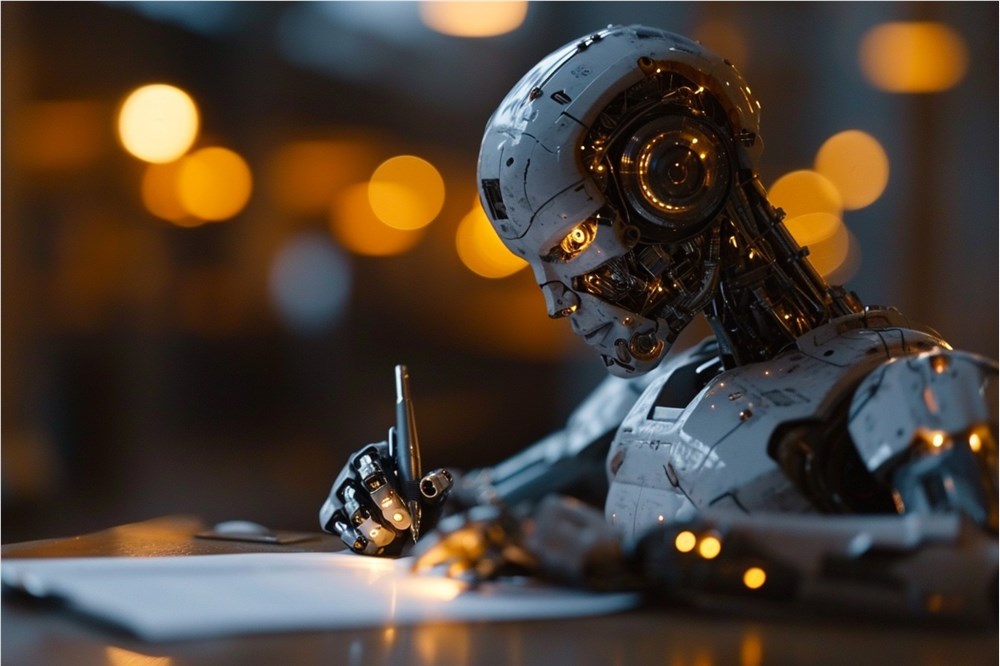USAWhite HouseA report released states that approximately 10% of the U.S. labor force is highly exposed toAI(AI) in occupations that require less performance, making them more vulnerable to the threat of substitution. According to the report, 20% of the U.S. workforce is in occupations with high exposure to AI. Roughly half of these - or 10% of the U.S. workforce - are not only highly exposed to AI, but also have relatively low performance requirements, which could lead to their replacement due to AI-driven automation.

Source Note: The image is generated by AI, and the image is authorized by Midjourney
The findings are contained in the President's Economic Report prepared by the Biden Administration's Council of Economic Advisers and focus on artificial intelligence and its impact on the economy, with some of the focus centering on the impact of AI on the labor force. The economists wrote: "These findings suggest that AI may be a skill-biased technology that increases the relative demand for highly educated workers in higher-paying occupations. They also suggest that AI could exacerbate overall income inequality if it replaces employment in low-paying jobs and supplements high-paying jobs."
The report's findings suggest that "the demographic characteristics of workers negatively impacted by AI may differ from those of individuals exposed to AI alone," according to the report. The report states, "For example, many high school graduates lacking a four-year degree hold jobs that are highly exposed to AI and have relatively low performance requirements. The same proportion of college graduates are exposed to AI, but their performance requirements are higher on average, so they may be less vulnerable to the threat of replacement."
The analysis found subtle differences between men and women exposed to AI in the labor force. 191 TP3T of men exposed to AI were highly exposed, with 91 TP3T of them also working in occupations with lower performance requirements, while these proportions were 201 TP3T and 121 TP3T for women, respectively.
The report notes, "Economic and demographic analyses ...... suggest there may be some impacts, but these simplify the complex reality." For example, it points to workers who are highly AI-exposed and have lower performance requirements 10% and explains that these findings don't mean that these workers are "bound to lose their jobs," but rather that AI may change the way they perform their jobs or related positions.
"Most jobs still consist of a series of tasks, only some of which can be automated. Artificial intelligence may enable humans to focus on other tasks, fundamentally changing the way they work without reducing their use of labor," the economists wrote.
The report emphasizes that while AI will change the way work is done, it won't necessarily eliminate positions altogether, citing the fact that even if AI is able to automate school buses, the role of school vehicle driver may still exist. Autopilot features on aircraft also haven't eliminated the need for pilots.